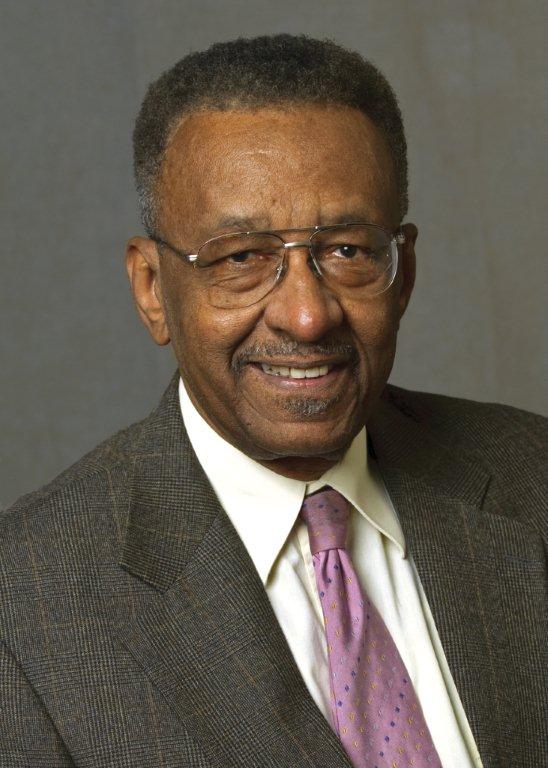Every time there’s a school shooting, there are demands for greater gun control measures that range from longer waiting periods and mandated gun locks to stricter licensing and restricted sales. With all the political posturing and demagoguery that follows, a hysterical public buys into the seeming plausibility that reduced availability of guns, especially to children, will reduce gun violence.
The facts of the matter are just the opposite. Yale University legal scholar John Lott demonstrates this in his book “More Guns Less Crime.”
Lott’s brilliant study destroys one falsehood after another about guns, but I want to focus on one of his findings – gun accessibility and gun violence. But is gun accessibility the problem?
The fact of the matter is that gun accessibility in our country has never been as restricted as it is now. Lott reports that until the 1960s, New York City public high schools had shooting clubs. Students carried their rifles to school on the subways in the morning, then turned them over to their home-room teacher or the gym coach – and that was mainly to keep them centrally stored and out of the way.
Students would retrieve their rifles after school for target practice. Students regularly competed in citywide shooting contests for university scholarships. In Virginia, rural areas had a long tradition of high-school students going hunting in the morning before school, and sometimes storing their guns in the trunk of their cars during the school day, parked on the school grounds.
For most of our history, a person could walk into a hardware store, virtually anywhere in the United States, and buy a rifle. Few states even had age restrictions for buying handguns. Buying a rifle or pistol through a mail catalog, such as Sears and Roebuck, was easy. Private transfers of guns to juveniles were unrestricted. Often a 12th or 14th birthday present was a shiny new .22 caliber rifle, given to a son by his father.
These facts of our history should confront us with the question: with greater youth accessibility to guns in the past, why wasn’t there the kind of violence we see with today’s much more restricted access to guns? Might it be global warming? Or, might it be children playing cops ‘n’ robbers and cowboys ‘n’ Indians too much? And how do we solve today’s gun violence: more gun locks, longer waiting periods, more gun laws, more psycho- babbling by school psychologists?
Maybe we should have greater school zero-tolerance policies, where bringing a water pistol, drawing a picture of a pistol or pointing a finger and shouting “bang-bang” produces a school suspension or arrest?
That kind of unadulterated nonsense will continue to produce disappointing results. We will not make inroads into the gun-violence problem until we acknowledge the underlying causes of youth behavior today, compared to yesterday. As I discussed in last week’s column, we must come to the realization that laws and regulations alone cannot produce a civilized society. It’s morality that is society’s first line of defense against uncivilized behavior.
Moral standards of conduct have been under siege in our country for nearly half a century. Moral absolutes have been abandoned as a guiding principle. We’ve been taught not to be judgmental – that one lifestyle or value is just as good as another.
More often than not, the attack on moral standards has been orchestrated by the education establishment and liberals. School shootings just might represent chickens coming home to roost where they were born.
If we refuse to seriously ask why young people weren’t shooting one another at a time when guns were far more accessible than they are today, we do so at our peril.
